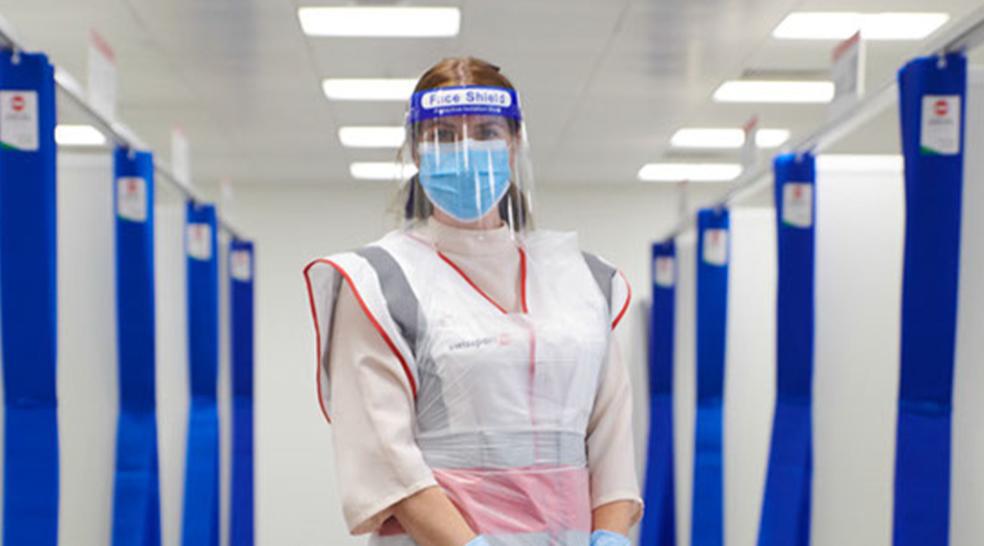EDITORIAL: Why airlines have no choice but to pursue a virus testing policy

Today’s announcement by IATA that it wants airlines to implement 100% COVID-19 testing for all international passengers before their departure and return flights shows how grave the situation has become for the global air transport industry.
Until now, IATA has been pushing governments to recognize the many measures airlines have introduced to minimize the risk of virus transmission in flight, to harmonize rules on what is required for travel across borders, and ultimately to lift quarantines and border closures, or at least replace them with air corridors or “bubbles.”
The response by governments has been largely negative. Quarantines, which IATA CEO and director general Alexandre de Juniac says are “killing the industry’s recovery,” not only remain widespread, but are popping up with little-to-no advance warning, causing more uncertainty and reinforcing the belief by most people, especially business travelers, that it’s best to stay home. Recent surveys show that 83% of participants would not consider air travel if there is a risk of being quarantined, while a similar percentage favors mandatory testing for all travelers.
So IATA and its airline members—which represent the majority of the world’s major carriers—are bowing both to the immovability of governments, many of which remain fixed on quarantines, and to pressure from the public for a solution beyond masks, HEPA filters and disinfecting.
Added to that, the outlook for recovery is far grimmer than the airline industry and economists had hoped. While August saw some small improvement in the numbers of people booking flights, this was almost all for domestic travel. Demand for international remains close to zero and the winter season will be perilous for those airlines that mostly depend on international markets.
IATA’s new position was not decided lightly, but there really is no choice. Yet it will be very difficult to implement and there are many unanswered questions.
First, where and when will the tests be conducted and who pays for them? IATA believes the availability of viral antigen screening tests that are quick to give results (less than 15 minutes), cheap (less than $10), can be administered by a non-medical official and are highly reliable (around 98% valid result) will soon be widely available.
That will make it possible for the tests to be conducted at departure airports, but this will require considerable work to administer in a way that does not cause crowding on the land side of terminals, which would be undesirable both from a distancing and a security point of view. IATA understandably hopes that governments will foot the bill for tests, but that may be optimistic and problematic for states where taxpayers don’t see why they should “subsidize” those who choose to fly.
Then there’s all the details. Should testing include small children?
How do governments, which have failed woefully to coordinate globally on their approaches to the pandemic, agree to a system of mutual recognition of each departure airport’s tests? Will labor groups worldwide support mandatory testing for all flight crews ahead of each flight? If quarantines continue in countries where people can easily cross borders via trains, cars or ferries, how will governments separate the flyers from the other travelers or will they mandate tests for all international travelers? And what will be the criteria for ending mandatory testing?
So many questions. The global airline industry, however, cannot be sustained on domestic markets alone, and in its announcement today, IATA is recognizing it’s time to take that the next big step in pandemic travel.
Karen Walker/ATW [email protected]





